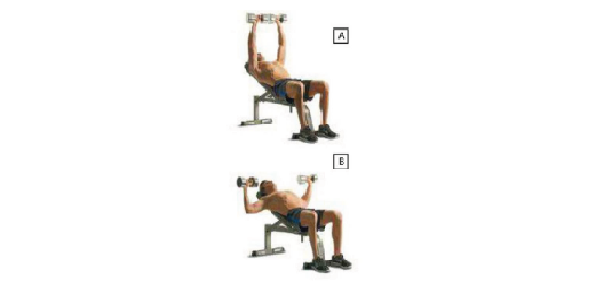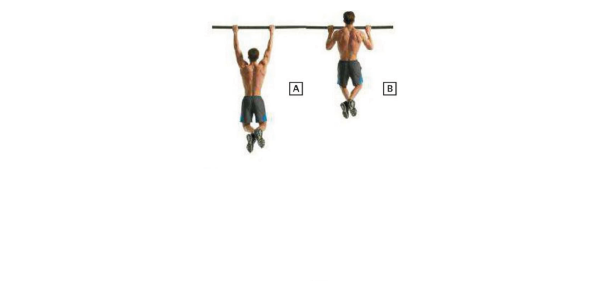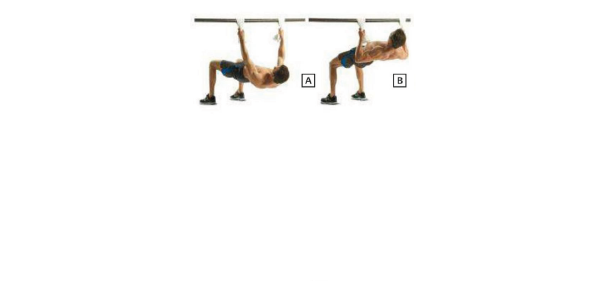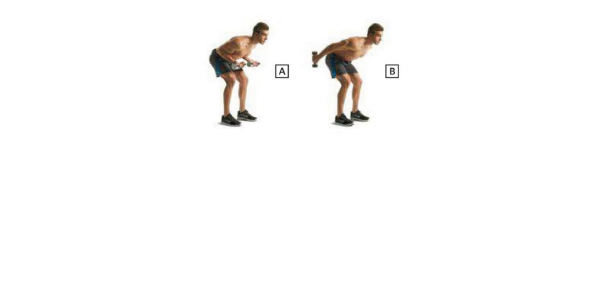Training appears to cause the loose connective tissue and fascia underlying the skin to change in such a way that they can withstand knocks and blows better. Besides the sub-cutaneous fascia there is a compartmental fascia, that is, a covering around bundles of muscle fibers, individual muscles, and around groups of muscles. Fascia is the tough unchewable substance found in the middle of the leg muscles used in a typical Sunday roast beef. Its natural purpose is to provide the muscle fibers something to push against when they are contracting. Hence, fascia is very tough and weight for weight is comparable to steel in tensile strength. It seems that with repeated slight trauma the fascia thickens slightly so as to provide an even stronger cover.
This covering of sub-cutaneous fascia cushions blows and can be thought of as a tough extra skin underlying the outer skin. Cushioning from the fascia is achieved by account of it being totally inelastic and when it is stressed against contracted muscles it spreads the impact over the surface of the muscle allowing no penetration into the muscle body. This lowers peak impact pressures at the point of contact. Equally important to the actual fascia's thickness and strength is muscle tone. The stronger the muscles are contracted the more tension would be exerted in the subcutaneous fascial layer. The tighter it is stretched the more are the penetrative force would be dissipated over. The deep compartmental layers in and around muscles are quite possibly also implicated in this cushioning.
Other structures are probably also involved in conditioning. The dermis may develop a protective callusing over areas that are frequently hit or abraded. The loose connective tissues are those tissues that lie between the fascia and the lowest levels of the outer skin or epidermis. It is made up of collagen, the same tough connective tissue as that of fascia and tendons and it is in the loose connective tissues that fat is stored. This layer too may change as a result of training and also work to slightly cushion the effect of blows. One way could be a change in the proportion of collagen to fat.
The loose connective tissue has a rich blood supply and is able to repair and regenerate itself quickly and quite easily. The deep fascia is also bathed, although mostly indirectly, in a rich blood supply from the loose connective tissue and from the muscles themselves. It also has a very limited direct blood supply. As a result of the micro damage and regular training the blood supply to the loose connective tissue and fascia might increase as they thicken. Besides the cushioning effect of this thickening, the increased blood supply would provide another benefit, in that, the body's ability to repair micro damage is much enhanced - small bruises healing almost before they are noticed.
The mechanisms for conditioning bones is much more problematic to describe if it even happens because the author suspects that it is more likely an artifact of pain tolerance. If any conditioning can be given to bones it is more from the effects of muscle stress than repeated trauma, because bones thicken depending on the loads they have to endure. Denser boner could be more resistant to impact forces but it is doubtful to the author that this would be to any significant degree.
An increase in the density of the bone would stimulate the periosteum, and it may be possible by repeated very gentle stimulation to make it thicken and hence "condition". With bone's slow regenerative ability any useful conditioning will also be very slow to develop. Any apparent bone conditioning, other than that insignificant amount explained by increased bone density and minimal thickening of the periosteum, is more probably better explained by accommodation to pain. It is not recommended by the author to seek to condition bones and this activity has been abandoned by him.
This abandonment was is due to the attendant risks of bone conditioning. The slightest over zealousness in conditioning bony areas and the periosteum will separate from the bone because the bone becomes depressed away from the periosteum. Once it has lifted from the surface of the bone it will lose its indirect blood supply and take a long time to re-attach. Whilst it is unattached blood will collect between the bone proper and the periosteum. This is the dreaded and very painful bone bruise.



















0 comments:
Post a Comment